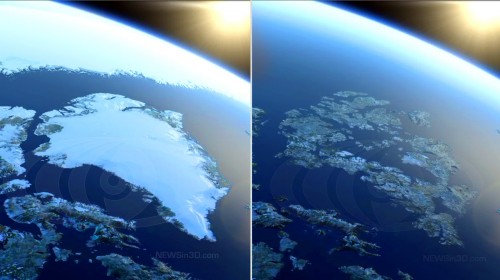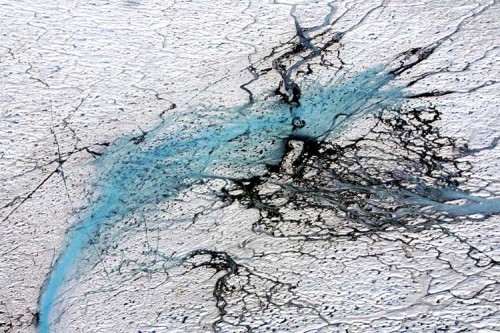
The children of the late twentieth and early twenty-first centuries have become especially aware of the negative effects caused by the rise in global temperatures in the last century, particularly those since 1980. Moreover, they have become fairly confident that it is their fault. The misguided actions of humans, such as the disproportionate use of fossil fuels, have increased concentrations of greenhouse gases, which seem to be the primary cause of this global catastrophe.
In the discussion of global warming, Greenland may be one of the most frequently mentioned cases. As Greenland holds more than 10 percent of the world’s freshwater reserves, the country’s melting ice signals a dangerous loss. One would assume, therefore, that the rising temperatures have also had devastating effects on the country’s economy. Yet this might not be so.

In evaluating Greenland’s gains and losses as a result of global warming, the current adverse effects must be acknowledged first. The fishermen, in particular those in northern areas, seem to have experienced the worst effects. Indeed, the fishing season has shrunk from four months to one month. In the three months lost, the ice is too thick for boats and too thin for dog teams.

However, the future looks more optimistic for Greenland’s inhabitants, as a warmer climate in this notoriously cold land can also create opportunities for discovering mineral and oil reserves off the coast that were previously buried under meters of snow in the past. The Arctic Ocean Conference, which was held in Ilulissat, Greenland in May 2008 addressed the possibility of new natural resources in addition to other aspects of global warming concerning the five coastal states of the Arctic Ocean: Canada, Denmark, Norway, Russia and the United States. For instance, the estimate for oil reserves off the coast of Greenland goes as high as 48 billion barrels. As Foreign Affairs Minister Per Berthelsen stated in an interview in 2009, “[Greenland] can only adapt to climate change, and [they] need to understand how best to do that.” In the event that the reserves are as fruitful as they were projected to be, Greenland may become a more critical country in the natural resources arena.

Another possible source for revenue is the new shipping routes that may open up with the moving and disappearing glaciers. Furthermore, agriculture has taken its share of improvement. Greenland has been an inhospitable farming spot since temperatures cooled in the fourteenth century, but recent climate changes have allowed for the cultivation of potatoes and broccoli, crops that are not indigenous to the area.
The amount of construction in the capital city of Nuuk is evidence enough that the world and the inhabitants of Greenland are excited about the new opportunities. To the surprise of global warming fighters, the same monster that has brought disasters upon the rest of the world may have done some good in Greenland after all.

